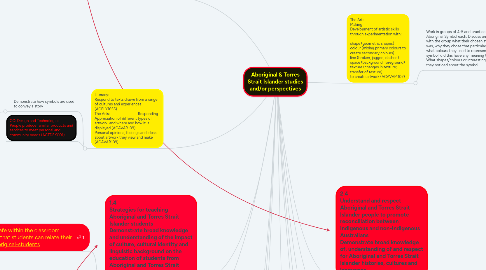
1. Literacy: Understand that people use different systems of communication to cater to different needs and purposes and that many people may use sign systems to communicate with others (ACELA1443)
1.1. Introduce students to Aboriginal Art Symbols, their meanings and how they are used to tell a story.
1.1.1. Resources: Symbolism in Australian Indigenous Art
1.1.1.1. Rationale: Cultural Competency, Building student/guardian relationships, community, creativity, belonging, reconsiliation, self-acqualisation, authenticity
1.2. Digital systems (hardware and software) are used in everyday life and have specific features (ACTDIK001)
2. Literacy: Respond to texts drawn from a range of cultures and experiences (ACELY1655) The Arts: Responding Appreciation of different types of artwork, and where and how it is displayed (ACAVAR109) Personal opinions, feelings and ideas about artwork they view and make (ACAVAR109)
2.1. Demonstrate how symbols are used to convey a story
2.1.1. Resources https://www.youtube.com/watch?v=ALJGBf7XF18
2.2. CC: Design and Technologies People produce familiar products and services to meet personal and community needs (ACTDEK001)
3. 1.4 Strategies for teaching Aboriginal and Torres Strait Islander students Demonstrate broad knowledge and understanding of the impact of culture, cultural identity and linguistic background on the education of students from Aboriginal and Torres Strait Islander backgrounds.
3.1. For own personal reference. Keeping mind a few teaching strategies such as; Avoiding eye contact, ensuring students feel comfortable and safe within the classroom environment, check students understand what is going on or if they need any help-(softly!), set high expectations and create authentic tasks that students can relate their learning to their own personal life experiences. Ideas inspired from https://www.creativespirits.info/aboriginalculture/education/teaching-aboriginal-students
4. Use of visual art elements and techniques, to create 2D and 3D artwork, that communicate an idea to an audience (ACAVAM108)
4.1. Students create their own comic poster through the use of Aboriginal Art Symbols to tell a story. These stories will be shown to friends and families on parent' evening.
4.1.1. I have chosen to present their art work on this evening so they may feel a sense of pride and excitement to show loved ones, this also allows for those who are uncomfortable to speak in front of a crowd to display their work in a way that meets their needs.
5. Rationale ("R-): Cultural Competency, Building student/guardian relationships, community, creativity, belonging, reconsiliation, self-acqualisation, authenticity
6. TO DO; RESOURCE LIST, ASSESSMENT TYPES,LEARNING OBJECTIVES (UNDERSTAND, APPRECIATE AND USE ABORIGINAL SYMBOLS TO CONVEY A MEANINGFUL STORY)
7. Belonging
8. Reconsiliation
9. Self-acqualisation
10. Authenticity
11. The Arts: Making Development of artistic skills through experimentation with: shape (geometric shapes) colour (mixing primary colours to create secondary colours) line (broken, jagged, dashed) space (background, foreground) texture (changes in texture; transfer of texture) to create artwork (ACAVAM107)
11.1. Work in groups of 4-5 and practice one Aboriginal Symbol each. Discuss and share with the group what their chosen symbol was, why they chose that particular symbol, what colours they used to represent the symbol, did this have any meaning to them? What shapes/colours or interesting factors they noticed about the symbol.
11.1.1. Resources Aboriginal Art – Be a Tracker.E- mailFacebookGoogle+InstagramLinkedinPinterestTwitterYouTube https://www.pinterest.co.uk/pin/479633429049133385/
11.1.2. CC: Maths/ Measurement and Geometry Recognise and classify familiar two-dimensional shapes and three-dimensional objects using obvious features (ACMMG022)
